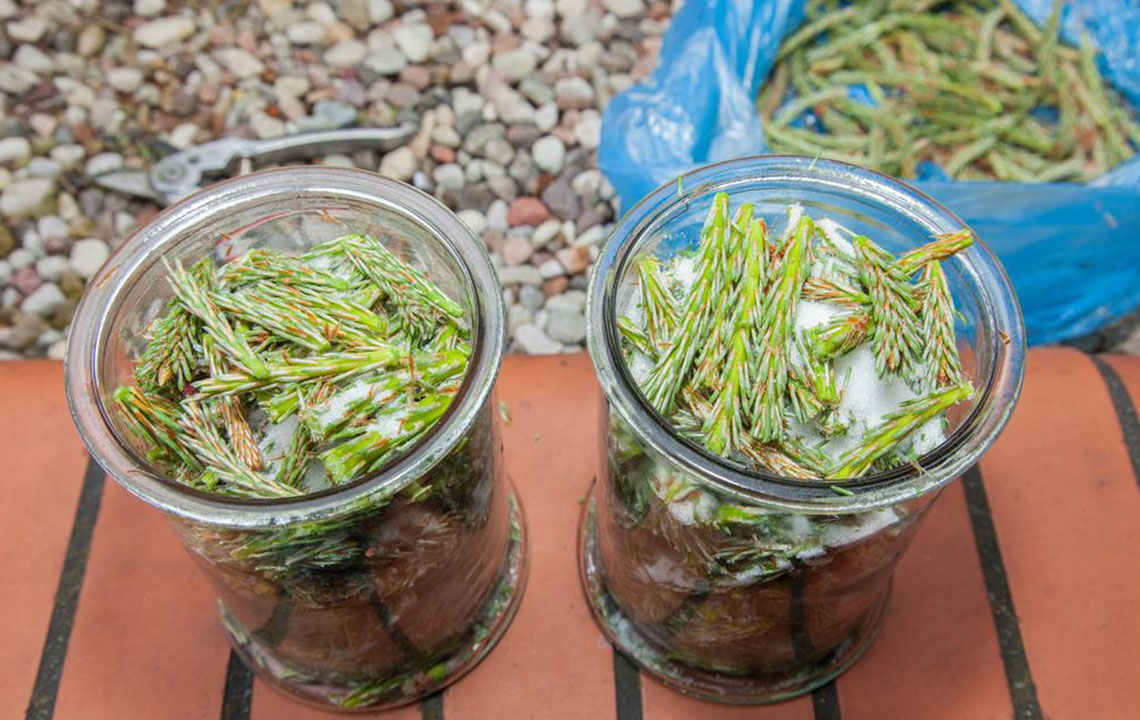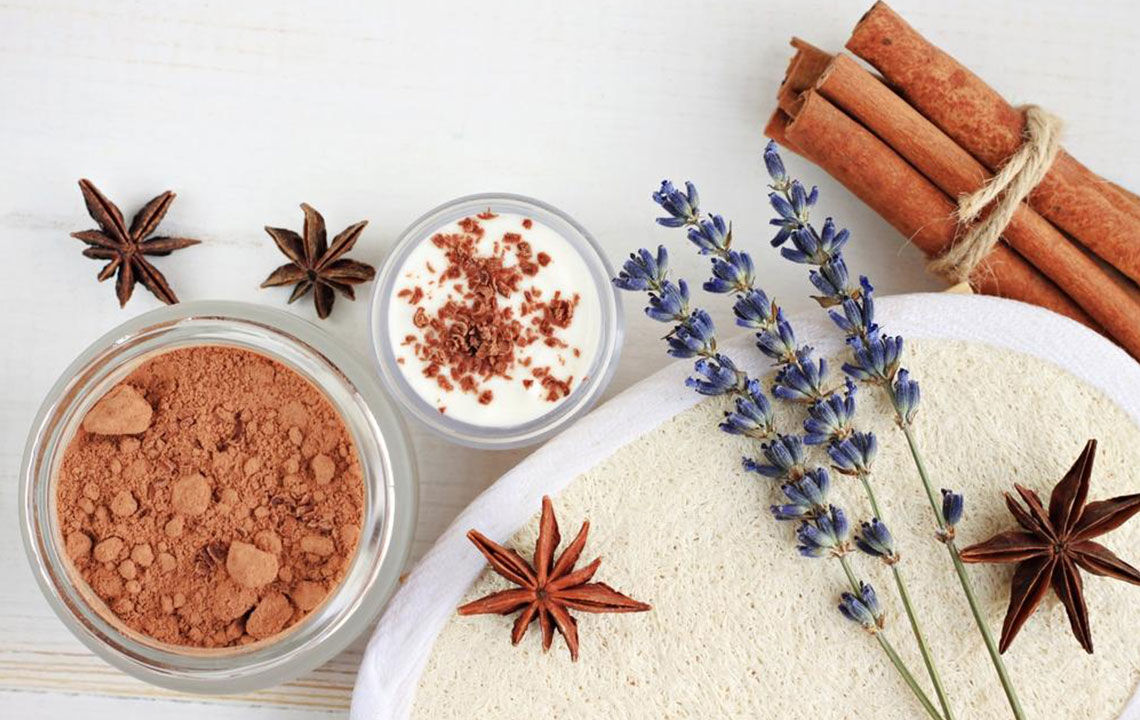Enhance Melanoma Prevention and Support with a Nutrient-Rich High-Fiber Diet
Explore how a high-fiber diet can play a vital role in preventing and supporting the immune response against melanoma. Learn about the different types of melanoma, the importance of dietary fiber, antioxidants, and vitamin D, along with current treatment options. Incorporating nutritious, fiber-rich foods can enhance immune health, reduce risk factors, and support ongoing therapy, making diet a crucial component of melanoma management and prevention strategies.

Enhance Melanoma Prevention and Support with a Nutrient-Rich High-Fiber Diet
Melanoma, one of the most aggressive and potentially deadly forms of skin cancer, originates from melanocytes—the pigment-producing cells located in the skin's deepest layers. While it accounts for a small percentage of skin cancer cases, melanoma is responsible for the majority of skin cancer-related deaths worldwide. Its insidious nature lies in its ability to develop rapidly and metastasize to other organs if not detected early. Fortunately, recent research emphasizes the significant role of proper nutrition, particularly dietary fiber, in strengthening the body's defenses against melanoma.
Understanding the Different Types of Melanoma
Melanoma presents in various forms, each with distinct characteristics and origins within the melanocytes. Recognizing these types is crucial for early diagnosis, effective treatment, and prevention strategies:
Superficial Spreading Melanoma: This is the most common form, accounting for about 70% of cases. It typically appears as a flat or slightly raised discolored patch that spreads horizontally across the skin before penetrating deeper.
Nodular Melanoma: Characterized by a rapid growth of a raised, often dome-shaped bump. It is more aggressive and tends to invade deeper layers of the skin quickly.
Lentigo Maligna Melanoma: Generally occurs in older adults on sun-damaged skin, especially on the face, and progresses slowly from a precancerous lesion called lentigo maligna.
Acral Lentiginous Melanoma: This rare subtype appears on the palms, soles, or under the nails and is more prevalent among people with darker skin tones.
Dietary Fiber and Its Role in Boosting Immune Function
Emerging evidence suggests that a high-fiber diet plays a vital role in supporting immune health, which is critical in fighting against melanoma cells. Dietary fiber acts as a prebiotic, fostering a diverse and healthy gut microbiome—an intricate community of microorganisms essential for immune regulation and overall health. A balanced microbiome enhances the body's ability to detect and destroy abnormal cells, including cancerous melanocytes.
Research indicates that individuals consuming ample dietary fiber can experience a strengthened immune response, making it easier to prevent or slow melanoma progression. Specifically, fiber-rich diets can modulate immune cell activity and promote anti-inflammatory processes, crucial defenses against tumor development.
For patients undergoing immunotherapy—a cutting-edge treatment that activates the body's immune system to target melanoma—dietary fiber may play an even more significant role. Evidence shows that patients who maintain a high-fiber diet early in treatment may experience a fivefold increase in therapeutic effectiveness, highlighting the importance of nutrition in cancer care.
Integrating fiber-rich foods into your diet can also help lower melanoma risk factors. Foods such as leafy greens, brightly colored fruits and vegetables, whole grains, nuts, and seeds provide not only fiber but also antioxidants and phytochemicals that support cellular health. Including sources of omega-3 fatty acids like fish, eggs, and dairy can further enhance immune resilience.
Antioxidants, compounds that neutralize harmful free radicals, are linked to a 20% reduction in melanoma risk. Rich sources include berries, citrus fruits, spinach, and other vegetables. These nutrients can prevent DNA damage in skin cells, a critical factor in melanoma development.
Maintaining optimal vitamin D levels is also an important aspect of melanoma prevention. Vitamin D regulates cell growth and immune function, and deficiencies have been associated with increased susceptibility to various cancers, including melanoma. Regular sun exposure, fortified foods, and supplements can help maintain adequate vitamin D levels—always consult your healthcare provider for personalized recommendations.
Current melanoma treatments encompass targeted therapies, immunotherapy, radiation, chemotherapy, and surgical removal—depending on the stage of the disease. While melanoma represents only about 1% of skin cancers, it causes a disproportionate number of skin cancer deaths due to its aggressive nature. Therefore, early detection and comprehensive prevention strategies are critical to reducing mortality rates.
Incorporating a high-fiber diet into your daily routine is a practical and effective way to bolster your immune system, support overall health, and potentially reduce melanoma risk. Always seek advice from healthcare professionals or nutritionists to develop personalized dietary plans that complement your treatment or prevention efforts. The synergy between nutrition and medical intervention can significantly improve health outcomes in melanoma management.





